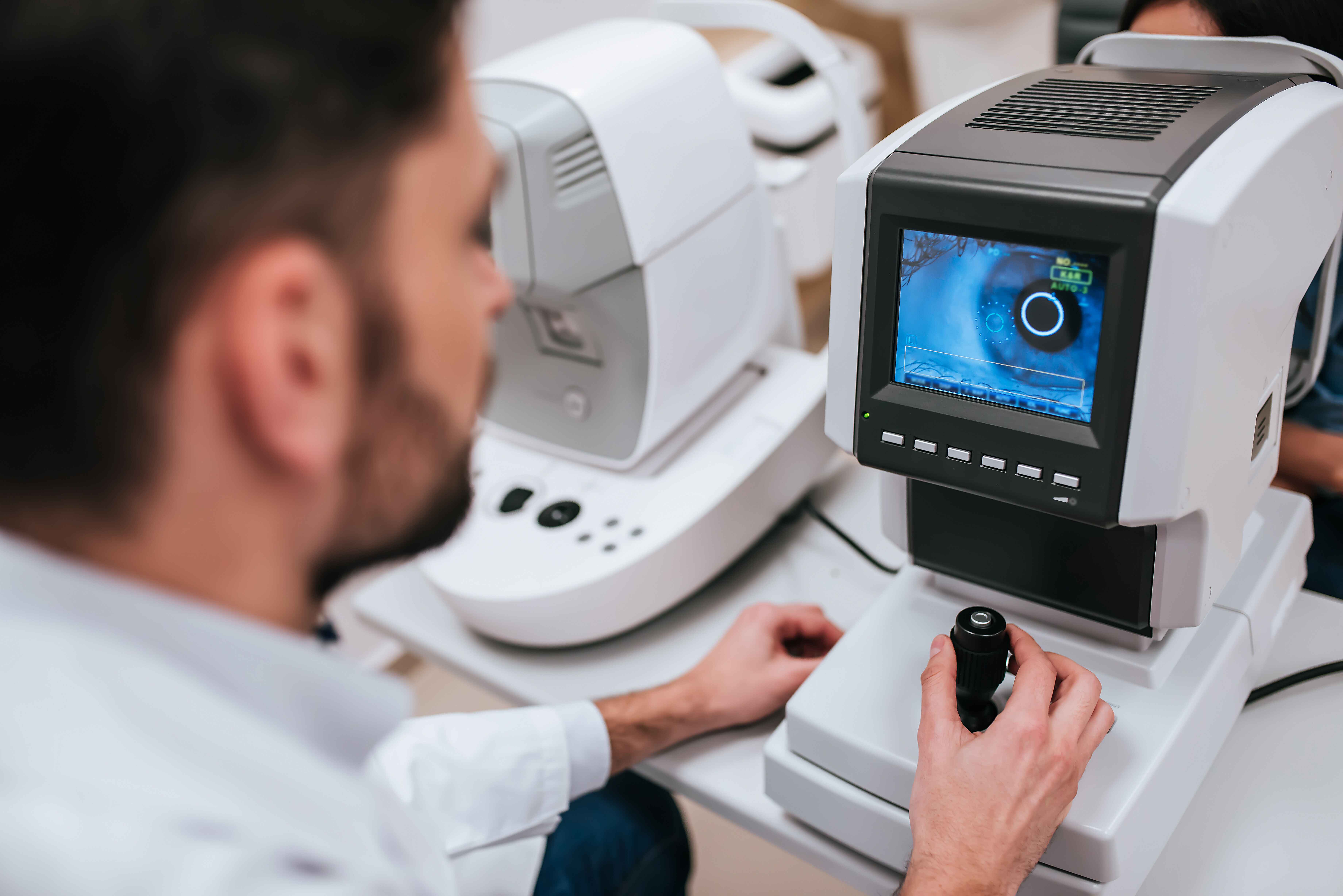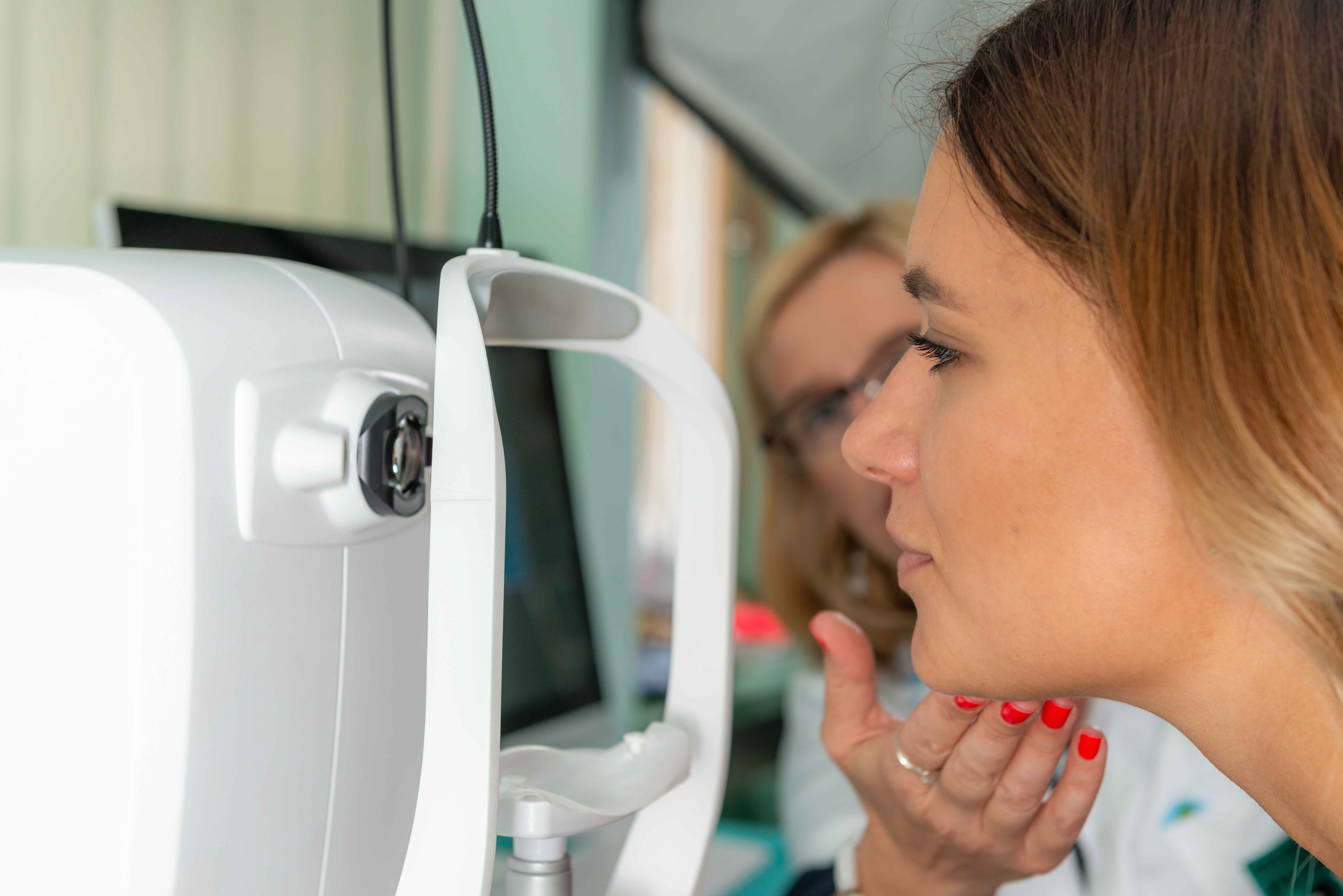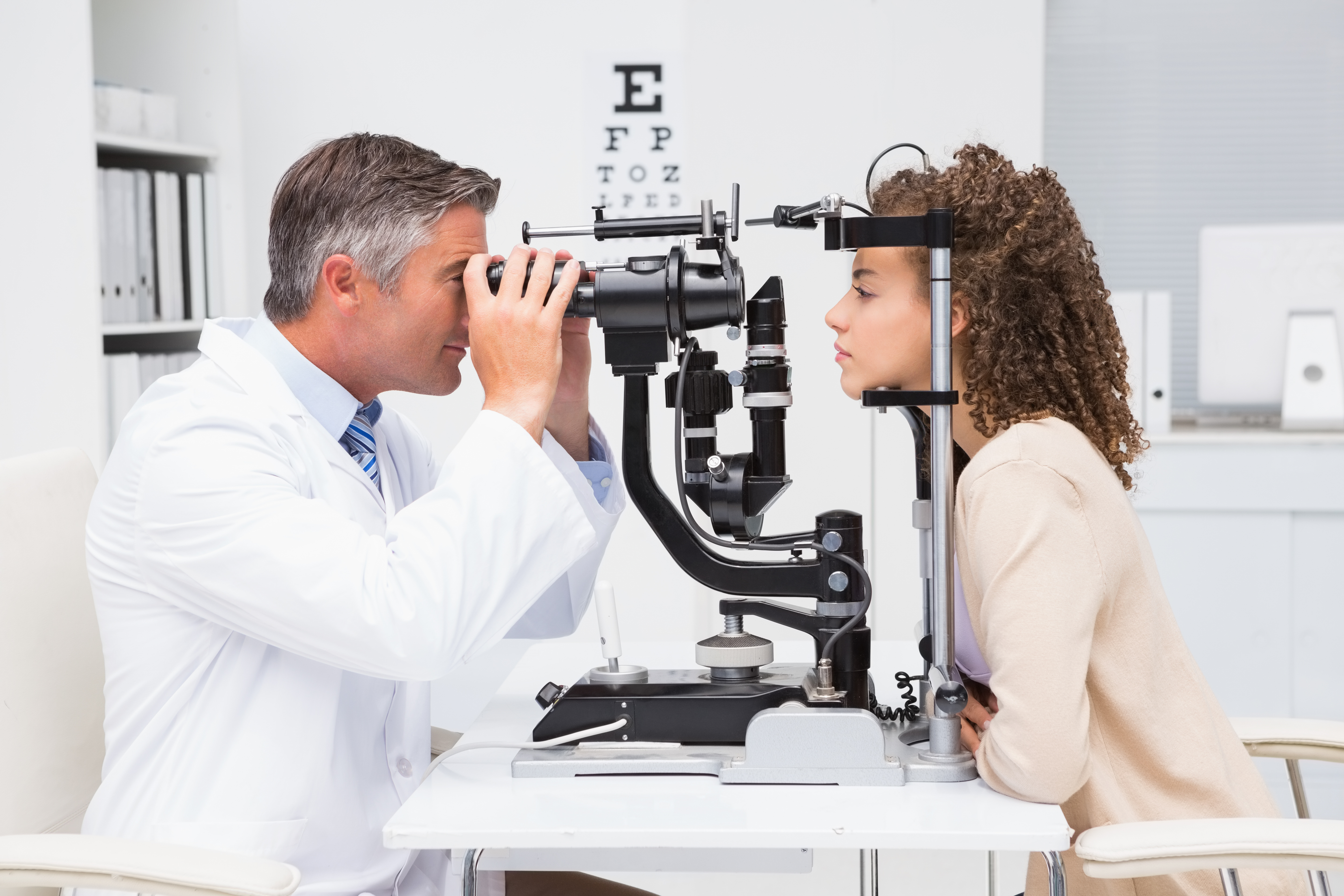According to the Centers for Disease Control and Prevention, the economic cost of major vision problems is projected to increase to $373 billion by 2050. Vision-related issues are estimated to impact 20 million Americans. This means that the likelihood that your employees could be impacted by eye-related concerns is high, which makes it important for employers to recognize what they can do to help.
Investing in a comprehensive vision plan is a great starting point to help mitigate these costs and improve employee productivity. Regular eye exams, prescription eyewear, and other vision-related services can benefit employees’ eye health. In addition, vision plans help to reduce the risk of accidents and lost productivity due to vision-related issues.
Moreover, vision plans can help attract and retain top talent. Offering a vision plan demonstrates a commitment to employee health and well-being. This can lead to increased job satisfaction and loyalty among employees.
As scientists continue to make advancements in the field of vision health, the ways in which these vision plans can help your employees continue to increase.
What new treatments and therapies are available to help employees with vision?
One such new scientific avenue they have pursued is the role of genetics in vision loss. This information could be used to help identify the risk for certain eye diseases in individuals.
Researchers have identified that lifestyle factors, such as diet and exercise, impact vision loss. For example, some studies have suggested that a diet rich in antioxidants may help to prevent age-related macular degeneration. Other studies have shown that regular exercise can help to reduce the risk of developing glaucoma.
With the increasing use of digital devices, many people are experiencing eye strain, dry eyes, and other vision issues. Vision plans can help employees access regular eye exams. This means that these issues can be detected and treated earlier.
One of the most common causes of vision loss is macular degeneration. This affects the central part of the retina and can lead to blindness.
As scientific findings progress, a greater number of assistive technologies have become available to help people with low vision. For example, low vision aids for macular degeneration are devices that can help people with this condition see more clearly. Many different types of low-vision aids are available. These include electronic devices that can enlarge text and images. These devices can help people to read and perform other daily activities.
Another common type of vision loss is peripheral vision loss. This affects the outer edges of the visual field and can be caused by a number of conditions. Peripheral vision loss can be challenging to treat, and currently, there are no effective medications or surgical procedures that can restore lost peripheral vision.
Thankfully, research on peripheral vision loss treatment is promising. Scientists are working on new therapies that may help people with peripheral vision loss. For instance, some researchers are investigating the use of stem cells to regenerate damaged retinal cells. Other researchers are studying gene therapy as a possible method to treat inherited forms of macular degeneration.
By offering vision plans, your company can help your employees identify many potential causes of vision loss early… This can improve their health, well-being and quality of life..
Additionally, vision plans can help attract and retain top talent. It is a valuable benefit that many employees look for when considering job offers.
How your company can benefit from offering vision plans
Vision problems are common and can affect your employees’ productivity and quality of life. In fact, vision disabilities are among the top 10 reported disabilities in those 18 years or older, with about 2,000 U.S. workers per day sustaining job-related eye injuries.
There are a number of symptoms to look out for in your employees, the top two being headaches and fatigue. This could make it difficult for them to focus on work tasks for long periods. They may also take off from work more often and have lower productivity.
An employee with vision issues might also have a hard time reading small print. This could slow down their work and make it harder to complete key tasks efficiently. Imagine how inefficient it is if this employee has to ask another employee to help them with reading something!
Regular eye exams can detect and treat vision problems early. This is key to preventing more severe issues from developing. For this reason, offering a vision plan is a smart investment for your company.
Vision plans can help employees maintain good vision and prevent vision problems. Vision care packages can also provide coverage for corrective lenses, such as glasses and contact lenses. This can ultimately benefit both your employees and your company.
Vision Care Direct of Oklahoma is here to help you offer the right vision care packages to your employees.





















































